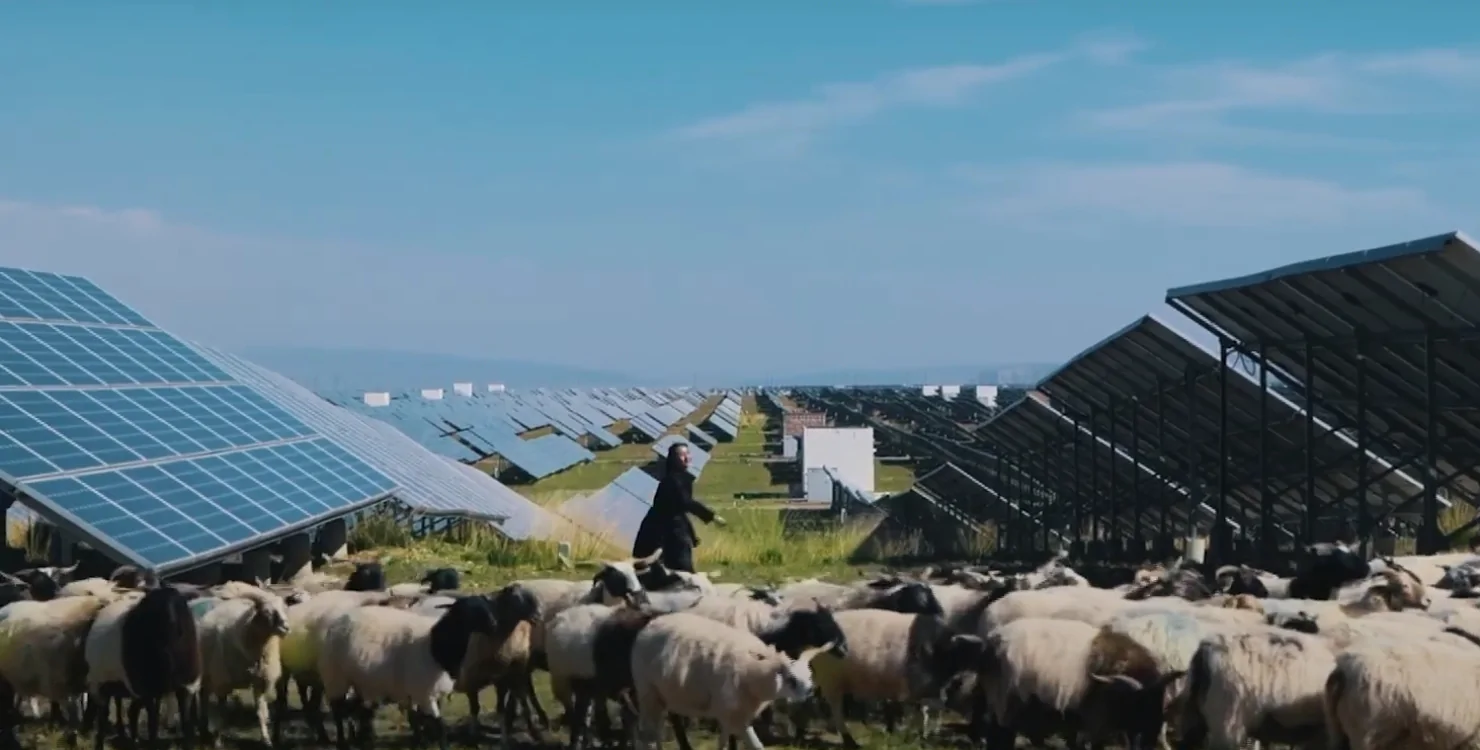
Large-scale photovoltaic installations greatly help nature, rather than destroy it, contrary to environmentalists’ fears.
Chinese scientists have shown that installing a large array of panels can revive deserts, despite environmentalists’ concerns, using the Qinghai Gonghe solar park as an example. They published their findings in an article for the scientific journal Nature.
Qinghai Gonghe is a massive 1 GW solar power plant located in China’s Talatan Desert. Researchers from Xi’an University of Technology have documented the positive changes occurring around and beneath the panels. They argue that large-scale solar installations not only do not threaten to destroy ecosystems, but could also play a critical role in restoring flora and fauna in arid landscapes.
The experts used a sophisticated model called DPSIR (Driving forces-Pressures-State-Impact-Response) to analyze the complex interactions between human activity and the environment. It takes into account 57 different indicators, including:
- temperature fluctuations;
- humidity level
- soil composition
- plant diversity
- spread of germs
The results were surprisingly positive even for the scientists themselves. The areas under the solar panels scored 0.4393 points and were classified as “normal” by the DPSIR model. At the same time, the areas on the edges and outside the solar park scored 0.2858 and 0.2802 points respectively, receiving the status of “bad” by the same standards.
Thanks to the power plant, the soil quality in the area has improved, it holds more moisture and nutrients, which has increased the population of microorganisms. More plant species have appeared, and they grow more intensively. Humidity has increased, and temperatures have reached extreme levels less often.
“The results indicate a significant role that the construction of photovoltaic power plants plays in the ecological management of the environment in desert areas. This impact is mainly explained by the influence on the microclimate and soil, plants and microbial communities in these regions. Despite such efforts, there is still significant potential for improvement,” the authors of the study said.
The study could have far-reaching implications. It shows that deserts, considered barren wastelands, can become dual-use landscapes, generating clean energy while undergoing ecological restoration. However, the scientists urge us to take our time and study the impact of solar power plants on ecosystems for a long time to come, so that we can extract maximum benefits from them in the future while mitigating potential negative impacts.
https://focus.ua/digital/687095-colnechnye-paneli-v-kitae-uchenye-dokazali-polzu-dlya-prirody

